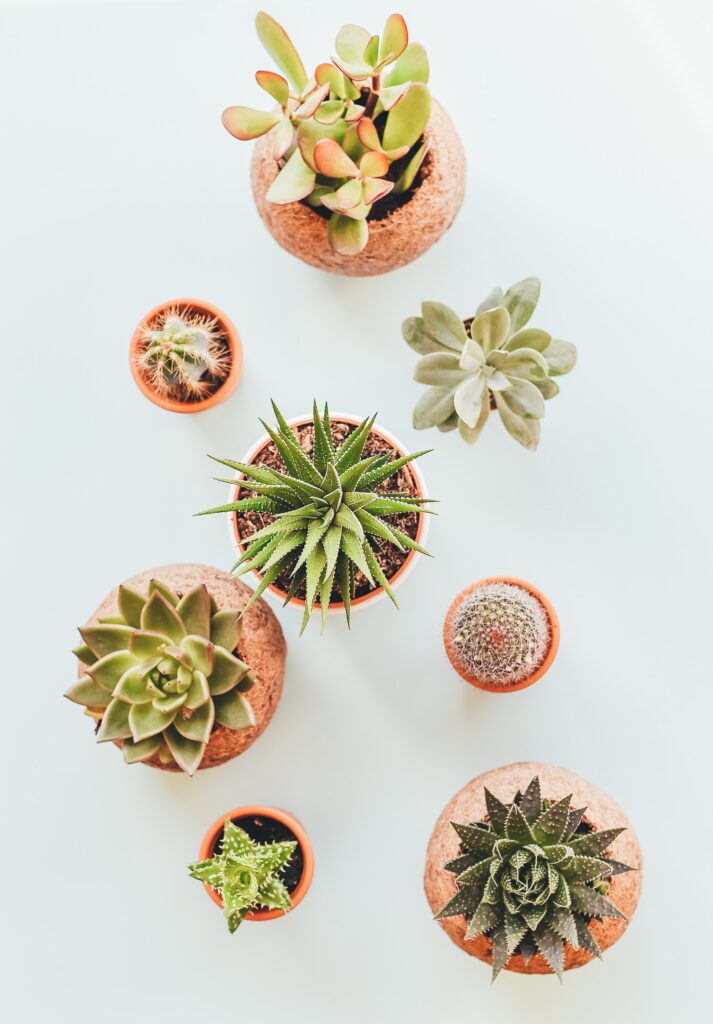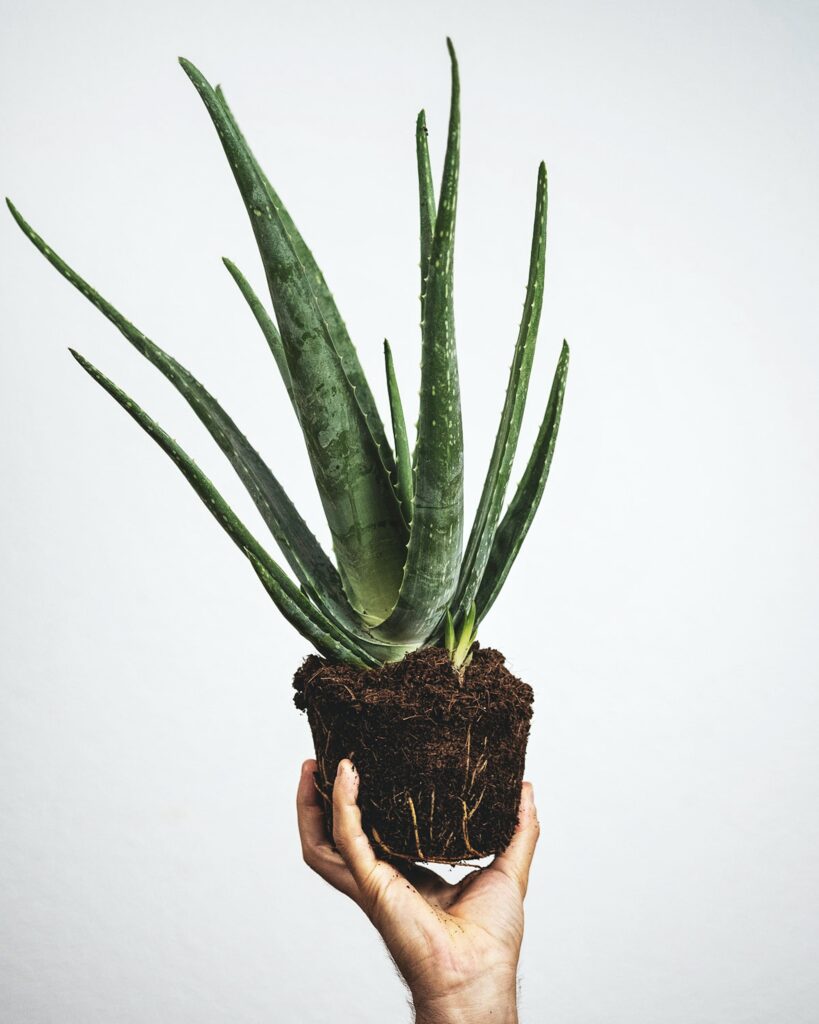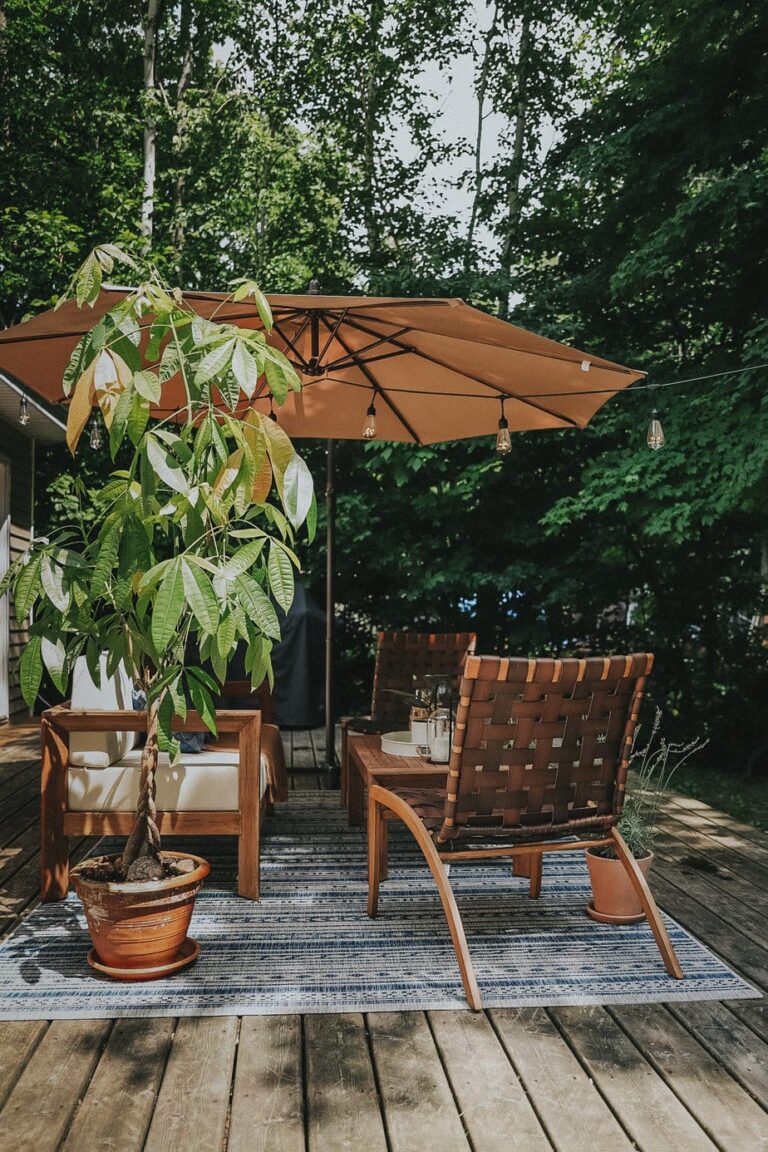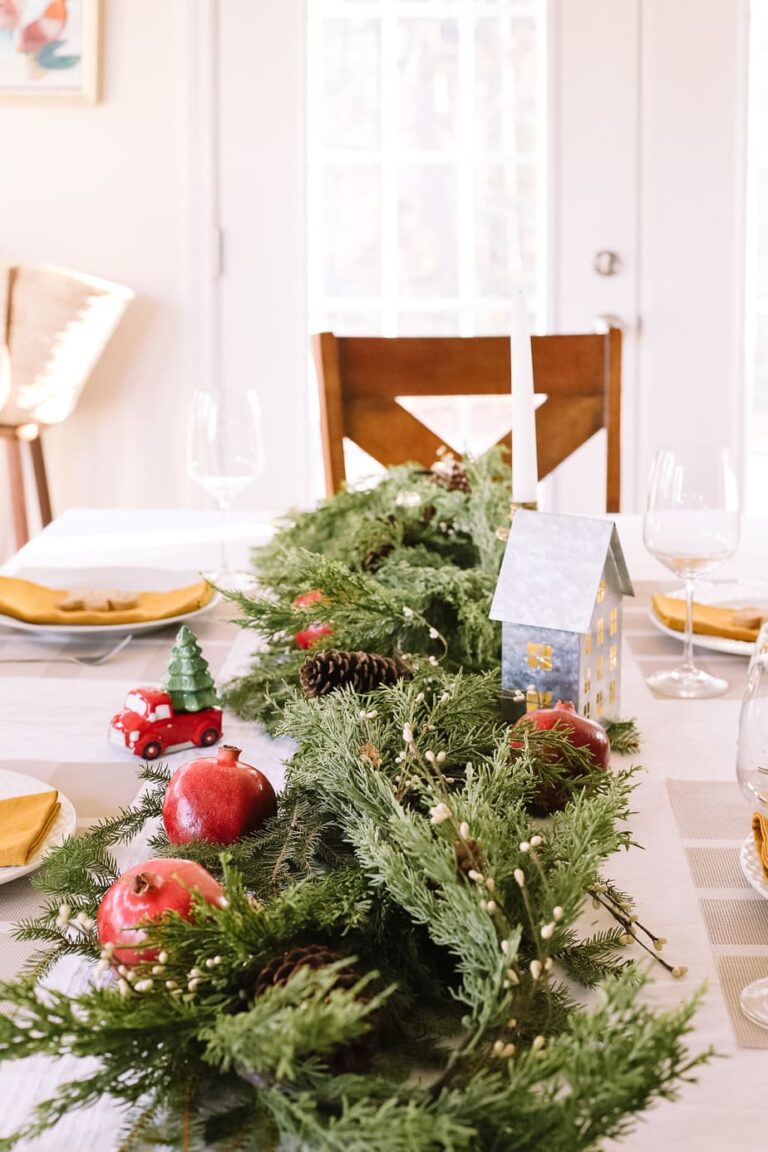Succulent 101 – Dormancy and Everything Else You Need to Know
Our resident plant expert here at Cottage Living and Style, shares her take on succulents and answers when are succulents in season, and how to take care of them in dormancy.

Ever wonder why this time of year you start to see those adorable little potted succulents on sale as you walk into big boxes retail stores like Home Depot, Canadian Tire, and even your local garden centers? It’s because spring is officially succulent season!
Early spring is the best time to start or purchase a succulent. Keep reading to find out exactly how to take care of it and when are succulents in season.
What Are Succulents?
Succulents are one of the most common house plants, as they are one of the easiest plants to care for. They’re known for their ability to store water, making them an ideal choice for people looking to add a bit of green life into their homes without the huge commitment some plants come with.
They tend to thrive in the spring and summer months because it’s the growing season for succulent plants. However, in the winter succulents tend to go dormant, unless you keep them in warm areas of your home. But, don’t expect much flowering during colder months or if you’re in a colder climate year-round.
Did you know? Succulents, while considered indoor plants, can also thrive outside in the right climates.
Today we are sharing all the fun facts on how to care for succulents and tips on how to handle succulent dormancy, and answering when are succulents in season. When properly cared for, these plants can last for years!
When are Succulents in Season
Succulents are in season in spring and fall.
What Growing Conditions Do Succulents Need?
Indoor succulents grow best in dry conditions. Because they store water in their leaves and stems, they are able to survive with little water or outdoor rainfall. Most indoor succulents prefer full sun as this is their natural habitat in most parts of the world. They also do not need much water to survive but should be lightly watered about three times a week. This will of course depend on the lighting and temperature conditions of your home.
In the winter months or periods of cold weather, succulents go through a dormancy period. This means during cooler temperatures, significantly less water is needed because they are in survival mode. Dormant succulents only need to be watered once or twice during the entire season!
Winter growers need to ensure they are not over-watering. Rule of thumb, if the soil is damp, skip watering.
How often do you water succulents?
Winter growers need to ensure they are not over-watering, usually aiming for once or twice for the season. Rule of thumb, if the soil is damp, skip watering.
In the summer you can water them a little more often, about three times a week.
Fun Fact: For succulents and most plants, you should actually water with enough liquid that it runs out of the drainage holes below. This will ensure your plants are hydrated from tip to root and leftover water can be soaked up as needed.

Does The Pot Make A Difference?
Planting your succulents in pots with at least one drainage hole is extremely important so your plant can thrive. Not having proper drainage can result in root rot and a sick plant. Insider tip – if you found a pot that you love that does not have drainage holes, you can either use this as your outside pot and place the succulent in another pot inside, or simply drill a couple of holes in the pot yourself (depending on the material of the pot).
Terracotta and ceramic pots are considered ideal for your succulents because of how breathable these materials are. If the location your succulent is going to live at home has little airflow, choosing a breathable pot will make a huge difference for your new plant baby.
Should Succulents Be Fertilized?
Because succulents are sensitive, certain types of fertilizers can actually burn the roots and stems of your plant. We recommend using Miracle-Grow Liquid Succulent Plant Food as it’s easy to use (simply pump the foam right into the plant pot) and is specially formulated for tender succulents. With continued use, you will start to see increased growth and happier plants.
What are some Easy to Grow Succulent Species
Jade Plants

Jade Plants are considered to be one of the easiest to grow and adaptable succulents. These low-maintenance plants can grow between 3 and 6 feet tall (with an average of 2 inches per year). Jade is available at most big box stores year-round. Those with pets should be careful as all parts of this plant are poisonous to pets if ingested.
The Christmas Cactus

The Christmas Cactus is one of the only succulent varieties that thrive in the winter months. This species of succulents is a welcome sight when new growth in the form of bright, tubular flowers begins to bloom in late fall or early winter. In the summer months, your succulent will still have active growth, but generally speaking, no flowers.
This type of succulent is drought resistant but does need regular watering to remain healthy. Fun tip – to encourage even more growth, grow your Christmas Cactus as a hanging plant or place it in a location where it has room to drape. This plant also needs the perfect mixture of light and shade to truly thrive, so be sure not to give it too much or too little of either. Similar to the Jade plant, you should water 2-3 times per week in warmer months but only 1 per week in colder months.
Air Plants
Air Plants might be one of the neatest plants available. These succulents do not require any soil to grow but instead, extra moisture from the air to survive (and love humid climates). Lightly misting the plant with water in a spray bottle two to three times of week will also ensure your plants stay hydrated in homes with no natural moisture or in cooler months when indoor heat sources are turned on.
When the plant begins to look parched or appears to have dead leaves, soak the plant in water in the kitchen sink overnight and watch it come back to life. Air plants do not love direct sunlight so be sure it gets just enough light. Because of their growing popularity, air plants can be found in most garden centers.
Aloe Vera
Aloe Vera is another plant in the succulent family that is insanely easy to grow and care for. Aloe is also a super amazing plant to have around the house for its antiseptic and healing qualities. Aloe requires well-drained soil and indirect light so its stems do not burn.
Before watering your aloe plant, be sure to let the soil dry out completely. In the winter months, it’s considered a dormant plant, so little to no water is needed during these months. You can easily tell if you are over-watering if your stems are turning brown, mushy, or gel-like to touch from the outside. Stem cuttings should only happen if you notice sickness as described above.
Quick recap of some easy buy important succulent care tips
- Good drainage is extremely important for the over health of your succulent.
- Winter dormancy is normal for most varieties.
- Most succulents prefer light, but indirect so they don’t burn their leaves and stems.
- Spring is the time of the year when succulents are best to be started or purchased in-store and brought home to their new environments.
- Environmental conditions like weather and seasons play a factor in your watering schedules.
Looking for more information on different succulents, and their dormant phase. Check out this succulent dormancy table.
Now that you know how to properly take care of a succulent, and when succulents are in season, it’s the perfect time to bring a new succulent home! If you’ve recently purchased one from a big box retailer or local shop, tag us in a photo so we can see the cute pot and how you style it!












